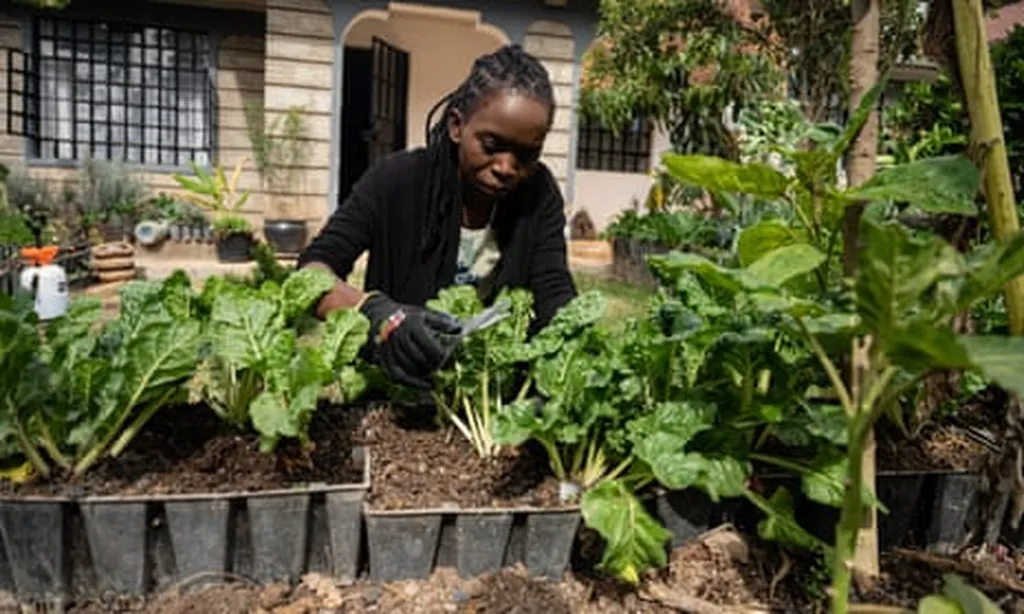In the heart of Mexico, researchers are pioneering a smart agricultural revolution that could reshape how we grow our food, particularly in controlled environments. Raul Herrera-Arroyo, a lead researcher from the Maestría en Ciencias de la Ingeniería Mecatrónica at Tecnológico Nacional de México/IT de Celaya, has developed an innovative IoT-based hydroponic system that promises to optimize resource use and enhance crop quality. This system, detailed in a recent study published in *Applied System Innovation* (which translates to *Applied System Innovation* in English), could have significant implications for the energy sector and sustainable agriculture.
Herrera-Arroyo’s system integrates a suite of sensors and control mechanisms into a plant growth chamber, creating an environment where every variable—from air temperature to nutrient solution concentration—can be meticulously monitored and adjusted. “The goal was to create a scalable and replicable system that could provide real-time data to farmers, enabling them to make informed decisions for better crop performance,” Herrera-Arroyo explained. The system includes sensors for air temperature, relative humidity, carbon dioxide levels, and photosynthetically active photon flux, as well as control mechanisms like humidifiers, LED lamps, and pumps.
The research focused on lettuce cultivation, evaluating the impact of different nutrient solution concentrations (50%, 75%, and 100%) on the plants’ phenotypic development and nutritional content. The results were compelling: the treatment with 75% nutrient concentration provided an optimal balance between resource use and nutritional quality, without affecting chlorophyll content. This finding could have significant commercial implications, particularly in the energy sector, where resource efficiency is paramount.
“By optimizing nutrient use, we can reduce the energy and water required for cultivation, making hydroponic systems more sustainable and cost-effective,” Herrera-Arroyo noted. This efficiency could translate into lower operational costs for commercial growers, making hydroponic systems more attractive for large-scale adoption.
The system’s scalability is another key advantage. “This technology can be easily replicated and adapted to different crop types and growing conditions,” Herrera-Arroyo said. This adaptability could open up new opportunities for vertical farming and urban agriculture, where space and resources are often limited.
The research, published in *Applied System Innovation*, represents a significant step forward in agricultural automation and smart agriculture. As the world grapples with the challenges of climate change and resource scarcity, such innovations could play a crucial role in ensuring food security and sustainability.
The implications of this research extend beyond agriculture. The energy sector, in particular, stands to benefit from the increased efficiency and reduced resource consumption enabled by this smart hydroponic system. As the world moves towards more sustainable practices, technologies like Herrera-Arroyo’s could become integral to the future of food production and energy management.
In the quest for sustainable agriculture, Herrera-Arroyo’s work shines as a beacon of innovation. By harnessing the power of IoT and smart technology, he has created a system that not only enhances crop quality but also optimizes resource use. This research could pave the way for a new era of agricultural automation, where data-driven decisions lead to more efficient, sustainable, and profitable farming practices.

